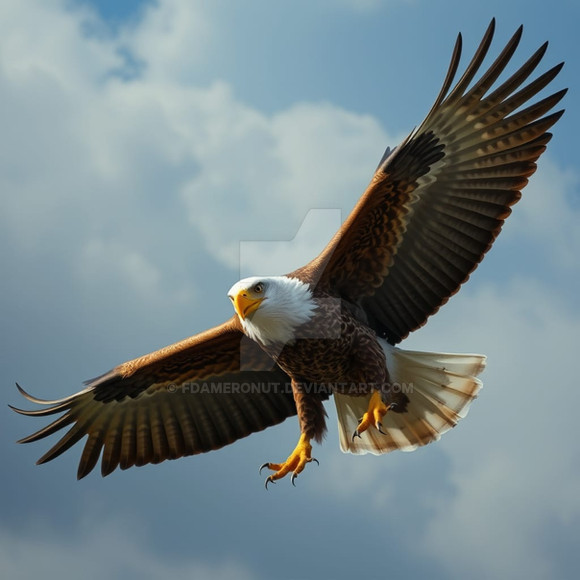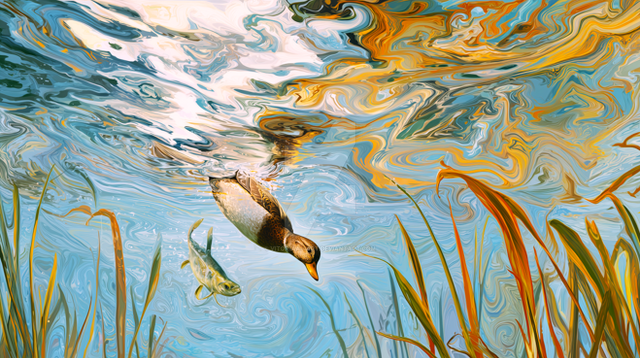HOME | DD
 BobVPR — Multispectral Shadow
BobVPR — Multispectral Shadow

Published: 2009-05-14 15:46:01 +0000 UTC; Views: 290; Favourites: 11; Downloads: 0
Redirect to original
Description
This is the back yard with sunlight cutting fog up into visible shafts. To walk through this kind of light is dramatic, but the camera settings tend to minimize haze so I brought the image back to reality with embossing, curves and contrast.Related content
Comments: 11

Hmm I have a shot in a forest like this and the rays aren't as solid as they seemed in person, maybe I'll try to fiddle with my shot...I like the angle you chose too. Well done.
👍: 0 ⏩: 1

Thank you for the comments! I often am disappointed that the vast greatness of nature is not well suited to the two-dimensional illusion of a landscape image... at least I seem to have difficulty capturing what I see... although I do see some photographers packing all of the known universe into their frame and still seem to have room for twinkies and ho-hos... I must need bigger lenses!
👍: 0 ⏩: 1

You know, I am going to try more HDR work..that's a technique which always seems to add depth and I get frustrated myself when something I take a shot of doesn't quite come out as wonderful as it looked in person...but then there are those shots that come out far better than you could have ever hoped too..and remember, it's not the lenses or the fancy equipment..it's the eye behind the lens and a little bit of basic knowledge..
👍: 0 ⏩: 1

I want to try HDR, it offers control over high-contrast shots and improved dynamic range by combining information from RAW camera data. I have to use digital neutral density filters to approximate the control HDR has over contrast. Yes, the eye behind the lense is the greatest variable, followed by location (just can't beat Yosemite Valley for grandure) and familiarity with the equipment (you can work magic with a pin-hole shoe box camera if you know it better than anyone). Of course I won't complain if Santa brings me a Canon L series prime...
👍: 0 ⏩: 1

RAW...oh man maybe thats the missing element of the HDR's i've tried...i've not been shooting in raw very much because of the room it takes and my inexperience with it....oh now I have to go try it tonight!....
Never been west of Ohio...and not in Ohio more than a half hour...I'd like to see Montana some day though...and Colorado...and Washington state....
👍: 0 ⏩: 1

RAW is far superior because it ignores white balance and other camera settings since the information is just plain data from the sensor, pixels of light, dark, red, green, blue (not compressed and not converted into RGB format). Now, that being said, I often choose not to shoot in Raw because I want faster frames or I want to conserve memory.
Conversion to TIFF or JPEG drops alot of information and averages out a result, losing detail in hot spots and shadows (precisely the kind of information you were counting on feeding to the HDR program).
Yosemite Valley by Nolan Nitschke [link]
👍: 0 ⏩: 1

I'm getting to understand RAW, took me awhile..as usual, I've been learning by doing or reading about things...can't afford to go to any college courses...that and I don't think I could wrap my mind around schoolwork anymore..
Now after you fiddle with the RAW image, you can convert to JPEG right? I don't want to sound stupid....but you know, I can be taught...
👍: 0 ⏩: 1

Yes, practice makes perfect and save copies as backup before experimenting just in case the program konks out or there is a power outage.
Think of RAW as the equivalent to ordering a new bicycle and when it comes in the box there is some assembly required... in the box it is always RAW and once assembled for use it is TIFF or JPEG (.tif or .jpg).
Many image programs will allow you to open the original RAW file and perform the steps manually that your camera might do automatically, such as color and white balance, contrast and sharpness, giving you the advantage of control over how bright or dark or what color the result is (depending on the original capture because any totally solid white or pure dark areas of the image have no additional useful information, and digital camers are more sensitive to loss of information in over-exposed areas).
The exposure latitude can be extended with High Dynamic Range (HDR) software to bring out more detail in high contrast areas. If I had an HDR program that could not open RAW files directly and I had only one contrasty image in RAW to work with, I would open the RAW in an image editor and coax out some greytone from the dark areas and save that as image a.tif and re-open the RAW in the image editor and coax greytones from the white areas and save as b.tif and open these two files in the HDR program with the a.tif being one or two stops more exposed than b.tif and save the results as a JPEG such as c.jpg
If you have Photoshop CS2 you can use "Merge to HDR" and then "HDR Conversion" to change the bit rate data into a usable form. Software like this allows you to combine many identical images of various exposures into one image. The important thing is to take photos of things that are not moving and vary the exposure by using the AV or Aperture Mode (or manual, or just use the camera's +/- exposure control). This means photograph still (static) scenery, use a tripod, use manual focus, don't change f-stop, don't change ISO (camera's on automatic settings can change ISO and f-stop unpredictably). This way your HDR process will involve several identical images of various exposures (some lighter, some darker).
And that's it (and practice)!
👍: 0 ⏩: 1

I did try this weekend with a local ice cream place but I think maybe I shouldn't have kicked the exposure up two steps..maybe one, and I used it in P mode so the ISO was, I think 400...the higher exposure just didn't work but the shots weren't a total loss..I did use the merge to HDR setting on mine..It's a learning process to be sure but I'm not giving up yet...the fair is coming and I want to get some good shots this year...
You are sure savvy about photoshop and all its uses...I'm just a beginner but so far I've been really surprised at how user friendly it is.
👍: 0 ⏩: 0

That's gorgeous! It must've taken a lot of effort to make it look like it really did. Light's not easy to photograph...
👍: 0 ⏩: 1

Wow, thanks! Very little effort, just a little nip, no tuck and it was right as rain! I have not seen this effect anywhere except the east coast, particularly the Adirondacks where you leap up in the morning and run outdoors in pajamas it is so grand and misty with long streams of light, you just don't want to miss it... but, you know all this already.
👍: 0 ⏩: 0



























